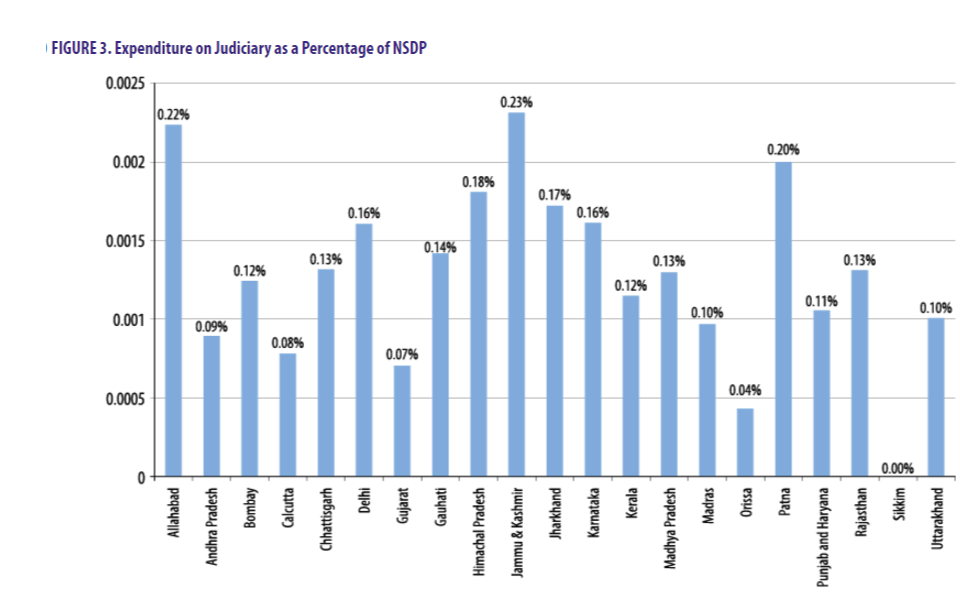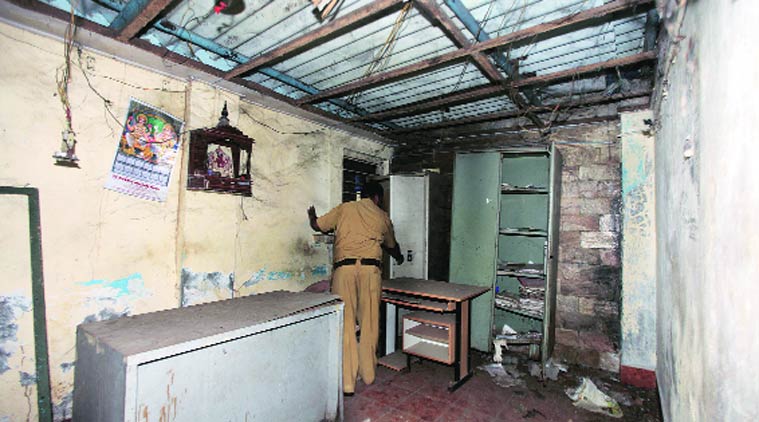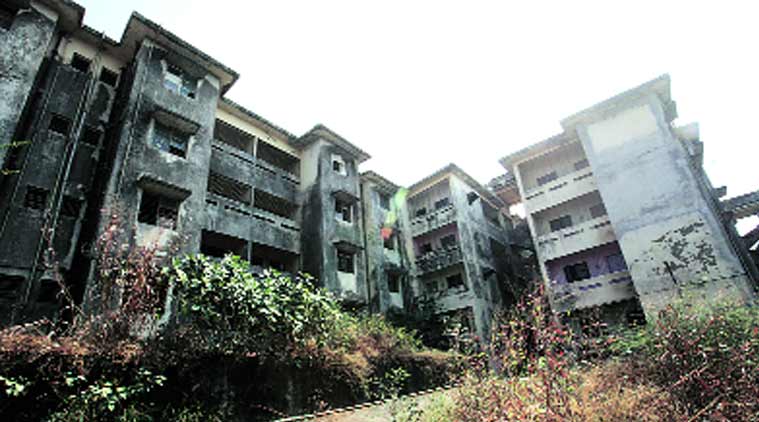[Signed copy of letter in PDF | Word version | Press release]
OPEN LETTER
TO MR. NARENDRA MODI, PRIME MINISTER OF INDIA
Friday 26 August 2016
Dear Prime Minister
Subject: MINIMUM GOVERNMENT, MAXIMUM GOVERNANCE
Swarna Bharat Party, the only liberal party of India seeks the liberty and prosperity of all Indians. We believe that a government must focus on security, law and order and justice. It is not the job of a government to run hotels and public enterprises.
Our ancestors firmly believed in this basic rule: जहाँ का राजा हो व्यापारी वहां की प्रजा हो भिखारी.
You have often used the words “Minimum Government, Maximum Governance”, which presumably mean the same thing, but the country has not seen any evidence of implementation.
The country is crying out for basic services like security and justice – which the people cannot provide for themselves; but your government is busy running hotels and airlines – which the people can manage themselves. Does running businesses constitute “Minimum Government”. Does making the Chief Justice of India cry and beg for recruiting more judges form part of “Maximum Governance”?
Please see the data attached, which clearly reveal that a vast amount of public resources are being squandered on running government businesses. At the same time, the government refuses to fund police and justice. It is not an acceptable excuse to suggest that some of these issues are State subjects. Central government resources must be provided to the States for basic governance.
I appeal to you to implement four simple things:
- Your government must immediately get out of running businesses. This will save the country well over Rs. 40,000 crore in losses from loss-making PSEs and banks. Even profitable PSEs should be divested since it is not the job of government to do what the people can do for themselves. All nationalised banks should be immediately divested. Present jobs should not be lost in this process, and the government should continue to regulate all businesses, as appropriate.
- Your government should deploy the funds so saved/raised to immediately increase the funding for core government functions, as specified below:
- Increase nation-wide police funding by at least two times from Rs.74,258 crore to Rs.1,50,000 crore per year, i.e. from around 0.6 per cent of GDP presently to around 1.2 per cent of GDP. Increase the number of policemen from 147 per lakh persons to 222 per lakh persons.
- Increase funding for the judiciary by at least ten times from around 0.02 per cent of GDP presently to around 0.2 per cent of GDP. Increase the number of judges from 1.3 per lakh persons to at least 5 per lakh persons.
- As a condition for increased funding, you must make State governments divest their businesses. In funding any branch of government, you must ensure accountability measures (including for all municipalities). The people of India want results. They want to pay policemen, judges, bureaucrats, teachers, only for results.
- Your government must immediately start implementing all reforms listed in our party’s manifesto (http://swarnabharat.in/manifesto), including critically needed reforms of the electoral system and significant strengthening of the defence forces. It should be clear to anyone who reads our manifesto: that only these reforms can take India from its miserable Third World performance to the top of the world.
In a country where rule of law is supreme, the numerous communal riots and state-supported pogroms would never have happened. In a country where the police and judiciary are functional, people would never be targeted and killed for belonging to a particular religion, neither would caste massacres occur. Even the sensitive areas of the country, the Northeast, Jammu & Kashmir, and the Red Corridor would never be ravaged by insurgencies, as people would be free and secure, and would have no reason to revolt and pick up arms.
I therefore request you to agree to all our demands by Monday 26 September 2016. If you do so, my party commits to working with you to make India a Sone ki Chidiya – which is the logo of our party.
Should you choose not to implement these demands, we will infer that you have no intention to implement governance reforms and that you do not care about India’s development.
This open letter is also available in HTML, PDF and Word document format at: http://swarnabharat.in/openletter-26August2016.
Yours sincerely
(Sanjay Sonawani)
President
Swarna Bharat Party
Copy to: Ministers, Chief Ministers, media and many others.
Attached: Relevant data.
Attachment
Relevant data
This letter has been compiled on readily available information. In some cases, surmises and estimates have been made. The big picture is clear: the gross under-funding of core government functions.
RULE OF LAW
India ranks 59 out of 102 nations on rule of law (World Justice Project: http://worldjusticeproject.org/sites/default/files/roli_2015_0.pdf).
Whom do we blame for this sorry performance? The British left India 70 years ago.
POLICE
Expenditure
|
Total expenditure of all state governments on the Police, as on 1 Jan 2015 |
Rs. 74,258 crore [BPRD15] |
|
National GDP |
Rs.125,41,208 crore [http://statisticstimes.com/economy/gdp-of-india.php] |
|
Ratio of expenditure on Police to national GDP |
= 0.6 per cent of GDP |
Staffing position
|
Total sanctioned strength of state police force |
22,63,222 [BPRD15] |
|
Number of policemen per lakh persons (sanctioned strength) |
182.68 [BPRD15] |
|
Percentage of vacancies to total posts |
23.99%
|
|
Actual number of policemen per lakh persons |
147 |
|
UN recommended number of policemen per lakh persons |
222 (The comparable figure for the United States is 315, the United Kingdom 200, and Australia 290). |
Equipment
“Apocryphal accounts circulate of lack of petrol to transport prisoners to court or even shortage of stationery to register complaints. Station house officers receive small budgets and “raise” resources to run their offices. The state police forces do not have the resources to conduct investigations. Poorly equipped and trained policemen face highly committed terrorists wielding AK-47s, which can fire thirty bullets in a single automatic burst”. [Source: Stephen P. Cohen and Sunil Dasgupta (2010), Arming without Aiming: India's Military Modernization, Brookings Institution Press)
|
Number of transport vehicles per 100 policemen |
7.24 |
|
Number of Police Stations not having (i) Vehicles (ii) Telephones (iii) Wireless sets (iv) Neither telephones nor wireless sets |
(i) 400 (ii) 352 (iii) 127 (iv) 54 |
|
Number of speedometers with Police |
991 |
|
Number of breathalysers |
6559 |
|
Number of forensic vans |
439 |
Living conditions
|
Level of Satisfaction for Police housing by subordinates |
27% |
JUDICIARY
Given paucity of reliable data, some of the information below is deduced from multiple sources.
Expenditure
SBP understands that Korea spends more than 0.2%, Singapore 1.2%, and the U.S. 1.4% of its GDP on justice. India spends around 0.02 per cent at most (i.e. 60 times less than Singapore, 70 times less than USA, and 10 times less than Korea). Bibek Debroy estimated in 2008 that a minimum additional annual expenditure of Rs.50,000 crore is needed for the Indian judiciary. [Justice Delivery in India – A Snapshot of Problems and Reforms, Bibek Debroy (2008)]
|
Total expenditure by central government |
Rs.2,047 crore (0.4% of total budget) This is 0.016 per cent of India’s GDP |
|
Total expenditure by all states |
It appears that states spend around 0.015 per cent of their GDP towards the judiciary. [See chart below] |
|
Total expenditure by all India governments on justice. |
It appears that India spends around 0.02 per cent of GDP across the whole country |
“Figure 3 [below] shows the average budgetary allocation of states towards the judiciary during 2013 and 2014 as a percentage of net state domestic product (NSDP) at current prices. Most states allocate between 0.10 per cent and 0.20 per cent.”

Source: http://dakshindia.org/state-of-the-indian-judiciary/18_chapter_07.html#_idTextAnchor155
Pending cases - Higher judiciary
|
Total High Court cases pending |
43 lakhs |
|
Total High Court plus Supreme Court cases pending |
Nearly 1 crore [Source] Note: this seems to be a little on the high side; the actual position may well be around 6 million. |
Verification: The total pendency in the court system, excluding other quasi-judicial forums, now amounts to 29.1 million - 46,926 in the Supreme Court, 3.7 million in High Courts and 25.4 million in Lower Courts. [Justice Delivery in India – A Snapshot of Problems and Reforms, Bibek Debroy (2008)]
Pending cases - Lower judiciary
|
Cases are pending in the lower judiciary |
Nearly 25 million [Source] |
The oldest pending case in subordinate courts was lodged on 9 September 1948 and the oldest pending case in in the High Court was lodged on 1 January 1958. 31 per cent of individuals accused of bailable offences continue to be in jail. Less than 3 per cent of litigants use legal aid, despite legal aid being a right of all Indian citizens.
Staffing
|
Number of judges per million people US number of judges per million people Canada number of judges per million people UK number of judges per million people Recommended level for developing countries |
13 107 75.2 50.9 35-40 per million |
|
Sanctioned strength of Subordinate courts |
20214 |
|
Number of vacancies in Subordinate courts |
4600 |
|
Sanctioned strength of High Court |
1046 |
|
Number of vacancies in High Court |
446 |
|
Sanctioned strength of Supreme Court |
31 |
|
Number of Supreme Court vacancies |
6 |
MODI GOVERNMENT AS A BUSINESS OPERATOR
SBP believes that the existence of all public sector enterprises must be evaluated from first principles. In almost all cases, there is no reason for government to be involved in running a business. A government has, for instance, has absolutely no reason to directly operate banks or insurance companies.
Data below from Public Enterprises Survey 2014-2015 Note that “the survey, does not cover departmentally run public enterprises, banking institutions, and insurance companies”. It also does not cover State government PSEs. There is, for instance, no reason why the government should produce electricity.
- Total paid up capital in 298 CPSEs as on 31 March 2015 stood at Rs.2,13,020 crore
- Total investment (equity plus long term loans) in all CPSEs stood at Rs.10,96,057 crore as on 31.3.2015
- Profit of profit making CPSEs stood at Rs.1, 30,363 crore during 2014-15
- Loss of unprofitable CPSEs stood at Rs. 27, 360 crore in 2014-15
A relevant article: Cumulative loss of 20 public sector banks stands at Rs 14,283 crore in Q4, 2015
SBP asks that all governments (central and State) immediately divest all government enterprises, thus making huge savings in resources – that can then be deployed on core functions.
Regulatory approaches can be used for divested PSEs that the government believes need to be more closely monitored. Alternatively, the government can hire a managing firm that ensures all requirements for any essential PSEs.
The deplorable condition of the Police and judiciary: some photographs
Police
Wadala police station: A structure that shakes every time a truck passes nearby
Toilets you can’t step into, walls with deep cracks, rooms that flood in monsoon.


“the more pressing problem for the 100 policemen and women posted here is the toilet block at the far right end of the police station, which is used by staffers and visitors. To reach the urinals and the sink that doesn’t have a tap, people have to step carefully on tiles placed on a swampy patch that has a green slick on top formed by years of absent drainage. A swarm of mosquitoes flies around the muck.
“There is just one toilet at the end of a corridor meant for women, though not used exclusively so. The stench from the toilet is unbearable.”
All talk, no action: Construct toilets for women cops in police stations: Centre to states
What Modi’s Smart Police Stations Will Look Like – why only model stations? ALL police stations need to be urgently upgraded.

Source: Tension grips Faridabad village after two communities clash over land
Prabhu Razdan, Hindustan Times, Faridabad May 26, 2015
ASHOKA HOTEL (Mr Modi prefers to run this?)


Source: Trafficking cells in thanas, December 2 2013

Unverified photo: Police on election duty

Source: Quarters for SRPF constables: Houses built in 2013 already uninhabitable, probe ordered
Judiciary

The wall of a dilapidated court room in UP

Request: Please send photographs of the working and living conditions of India’s courts, judges and Police.

